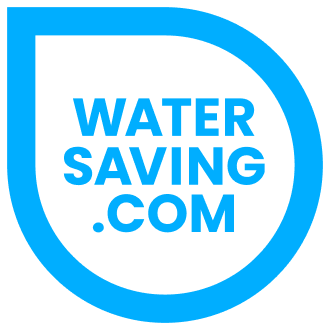Even in regions that typically have plenty of water, new records of drought and heat are being measured every year. This concerns us all because it is not only the levels of our rivers that are falling, but also those of the groundwater. And that’s what we are reliant on – whether as private individuals or as businesspeople. Saving water at home or at work makes a valuable contribution to preventing water shortages in your local area and avoiding the resulting problems in the drinking water supply. At watersaving.com, we offer you simple tips to actively save water and benefit from your actions in the face of rising energy prices.
Save water! For the environment and your wallet
Save water! For the environment and your wallet
Summers are hotter and drier than they used to be. Private households and companies alike are therefore increasingly being urged to save water. But how should we go about it? And how does saving water help combat additional costs from rising gas and electricity prices? We have the answers and practical (water) saving tips!
Prevent water shortages in your area
Saving water and protecting the environment
Discover in this video how you can make an important contribution to protecting our environment and drinking water resources by acting consciously and using water-saving products. Save water, energy, CO2 and money – for a greener future!
Be smart: save water!
A small investment that would save a lot of energy long term? These water saving products make it possible to save energy, gas, and water at the washbasin, in the shower, or in the kitchen. They are very easy to install and improve your environmental footprint.
Whether taking a shower, washing hands, or doing the dishes – the potential for saving water and energy in everyday activities is very high. With water saving aerators and flow regulators, you can give your kitchen and bathroom faucets an upgrade that will pay off for you – with minimal effort and without having to freeze in the shower.
For many commercial and public facilities, there is significant potential for savings on water and energy costs. For example, energy saving flow regulators in schools, hotels, or businesses that have to provide showering facilities for their employees in accordance with workplace regulations, can ensure effective control of water flow rates and thus save costs.




